
Come along to visit Sankofa Docks – our Waterfront installation as part of Stage 2 of the Canning Dock competition – at the Museum of Liverpool this weekend.
Over the past 10 days, our team has been hard at work crafting the installation and building it on site on the Liverpool waterfront. From repurposing material, to crafting symbolic artwork and gathering local wildflowers – the making on of the installation has been a sensitive, hands-on and collaborative effort.
The Canning Dock Competition, was launched by NML in April this year to find a multi-disciplinary team to deliver the Waterfront Transformation Project, to redesign the museum’s historic waterfront in Liverpool. For Stage 2 of the competition, the shortlisted teams were asked to explore how they will link storytelling, heritage, community, connectivity, and commercial income to create a cohesive visitor experience and catalyst for social and environmental improvements in the area. One of these teams will be appointed to take forward the design of the Canning Dock in September 2021.
Futurecity is part of one of the six shortlisted teams led by BIG and JA Projects along with Peter Adjaye; CAVA | Centre for Architecture and the Visual Arts; Beyond the Box; Poor Collective; LDA Design; AKT II; Hilson Moran and Gardiner & Theobald. The other shortlisted teams through to Stage 2 are Arup, Asif Khan Architects, DSDHA, OMMXand Shedkm.
The installation was launched yesterday at 4pm and was visited by the competition jury and NML staff. The installations will be open on Friday 16th – Sunday 18th July from 10am – 7pm outside the Museum of Liverpool. A special performance by Capoeira for All will take place on Sunday 18th July from 12pm – 1.30pm.
Join the conversation on social media with #NMLWaterfront.
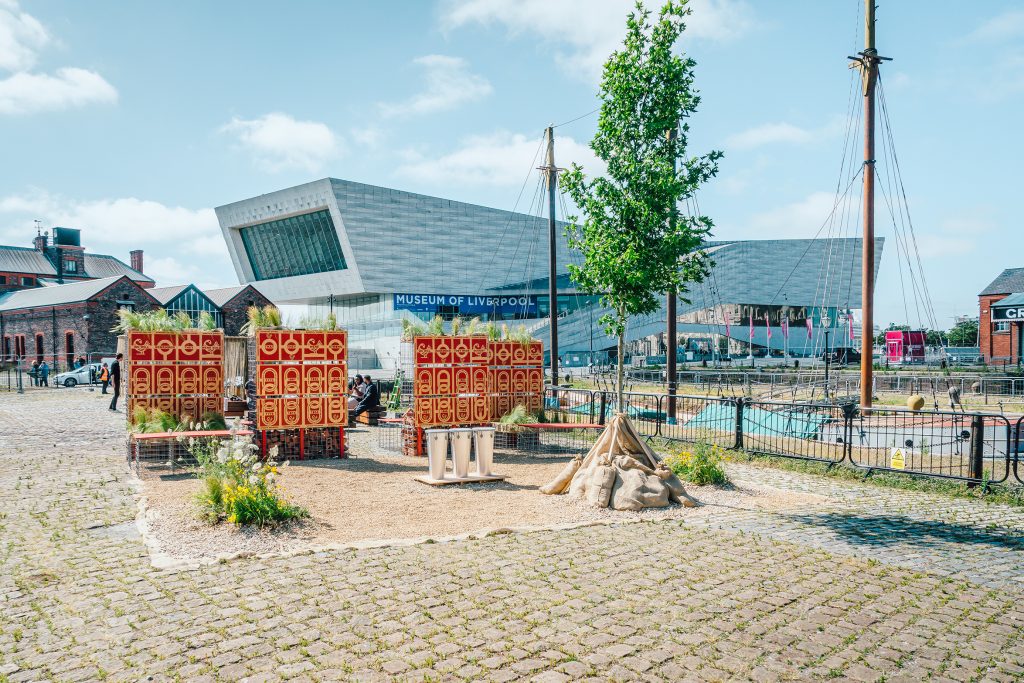

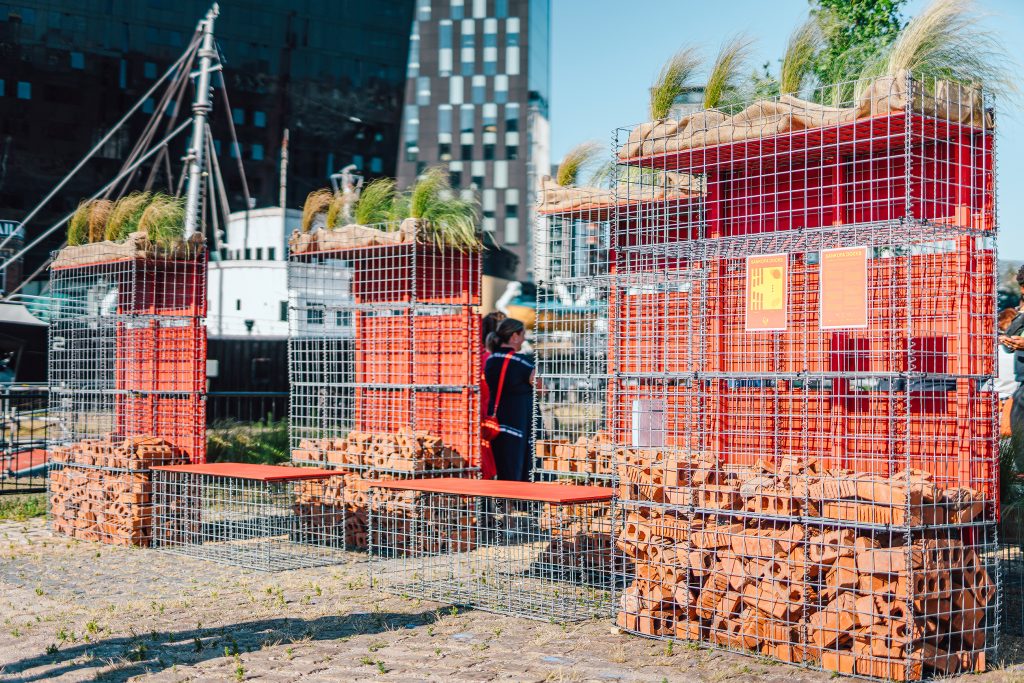
About Sankofa Docks – our waterfront installation
Sankofa Docks provides a backdrop to everyday life that recognises both the trauma and truth of Liverpool’s role in the transatlantic slave trade. It is a place where narratives of horror and hope are conveyed through the things we make and the stories we tell. It is a space formed through meaningful co-creation and new modes of community wealth building, a landscape of re-use and resilience, and a new form of dockside infrastructure that looks to the past in order to re-imagine a future built on the raw material of culture, commerce, craft and care.
The 7 elements that make up Sankofa Dock are unpacked below. We offer them as conversation starters because the retelling of history should be a collaborative act.
- Door of No Return
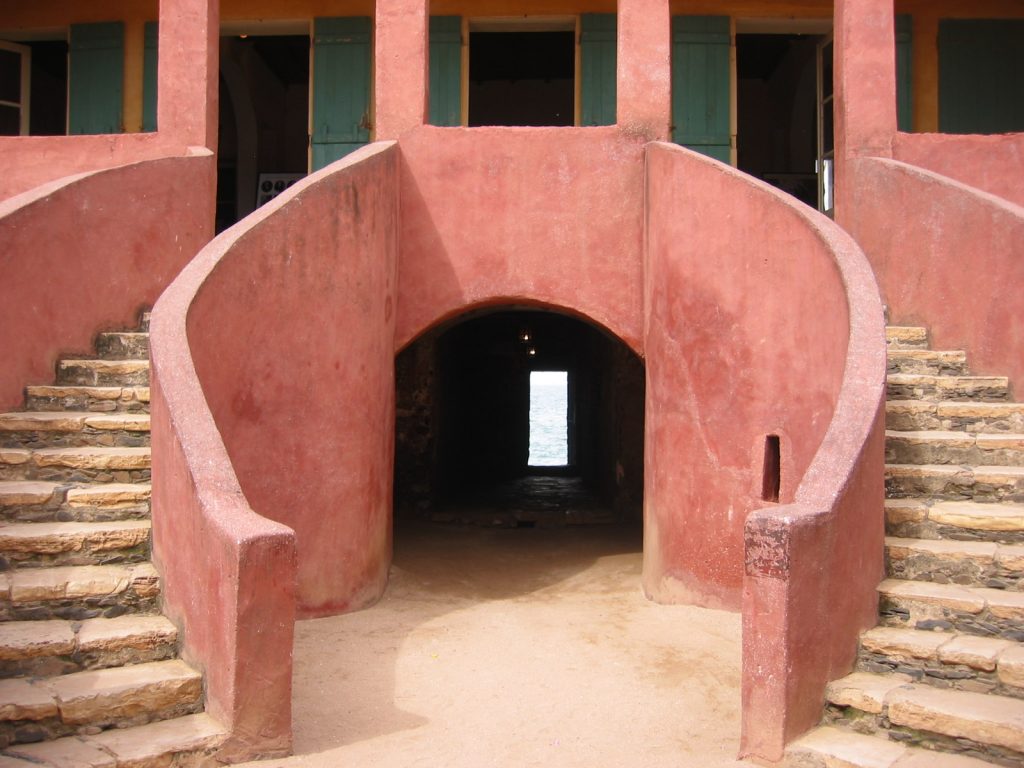
Liverpool has a particular affiliation with Gorée, Senegal and its Maison des Esclaves (The House of Slaves), which was the holding and departure point for many captured Africans. The relationship is encapsulated in the naming of the road that runs parallel to Liverpool’s docks. Within the Maison des Esclaves, the ‘Door of No Return’ was the last door through which slaves passed before boarding awaiting vessels.
Sankofa Docks proposes that we move through this symbolic door again, but in the opposite direction, thus releasing us from the narrative of enslavement towards liberty.
2. Gabion Cages
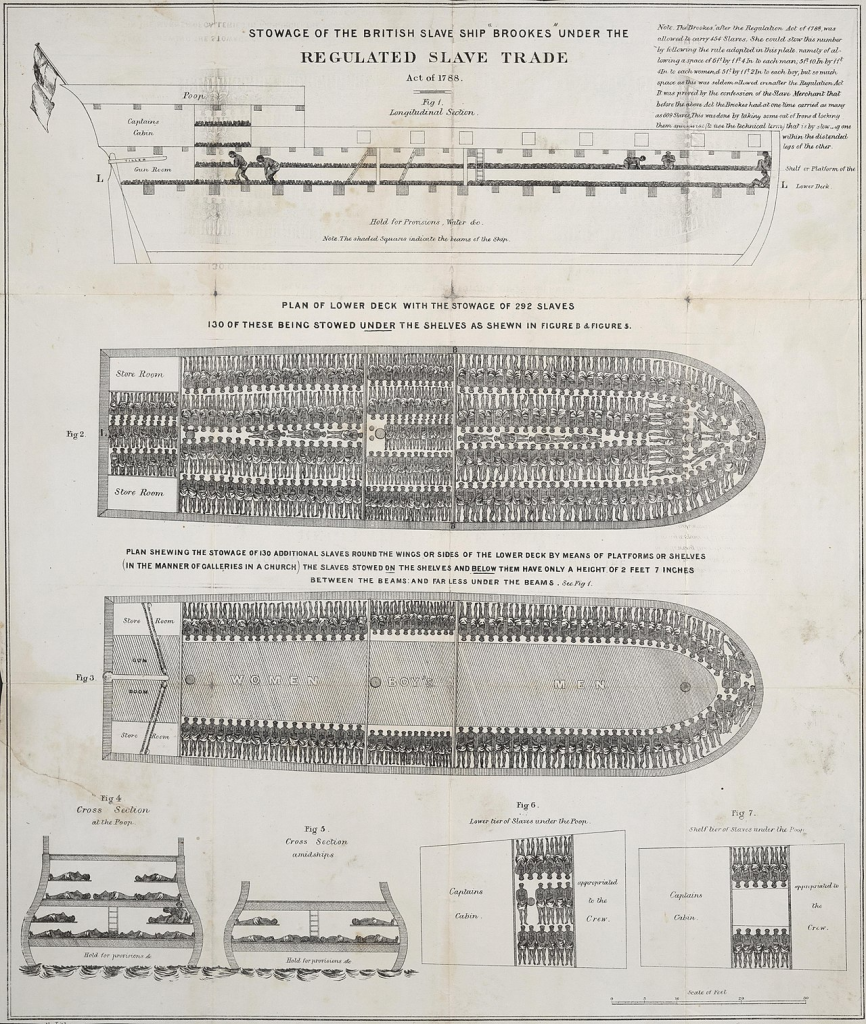
The cage-like structures speak of confinement and bondage. Their arrangement, height and density reflect upon the hellish experience of stolen people who were packed like cargo into the multi-levelled bowels of ships. In footprint, the gabions occupy 40% of Sankofa Docks and reflect the equivalent percentage of slaves who died crossing the Atlantic.
Reflecting this trauma, the gabions are filled (in places) with red brick, reclaimed from the sea. They are topped with golden grass to symbolise the labour of plantations, but also the rising sun of abolition, liberty and a new tomorrow.
3. Soundscapes

In the moment of forced removal from their homeland, indigenous Africans were viciously separated from their possessions and in the future hell of plantation enslavement, the only permissible expression of tradition was found via mediums inextricably linked to their bodies (essential to carrying out the work of their masters) and their voices.
It is in this tradition that Peter Adjaye’s collaborative soundscape, formed with the assistance of Josh Ramsden, sits. The sonic artwork, composed of voices interspersed with Liverpool field recordings, present a moment for local people of colour, to speak their truth and express the tonality of their feelings and emotions about slavery in Liverpool.
4. Resilient Planting
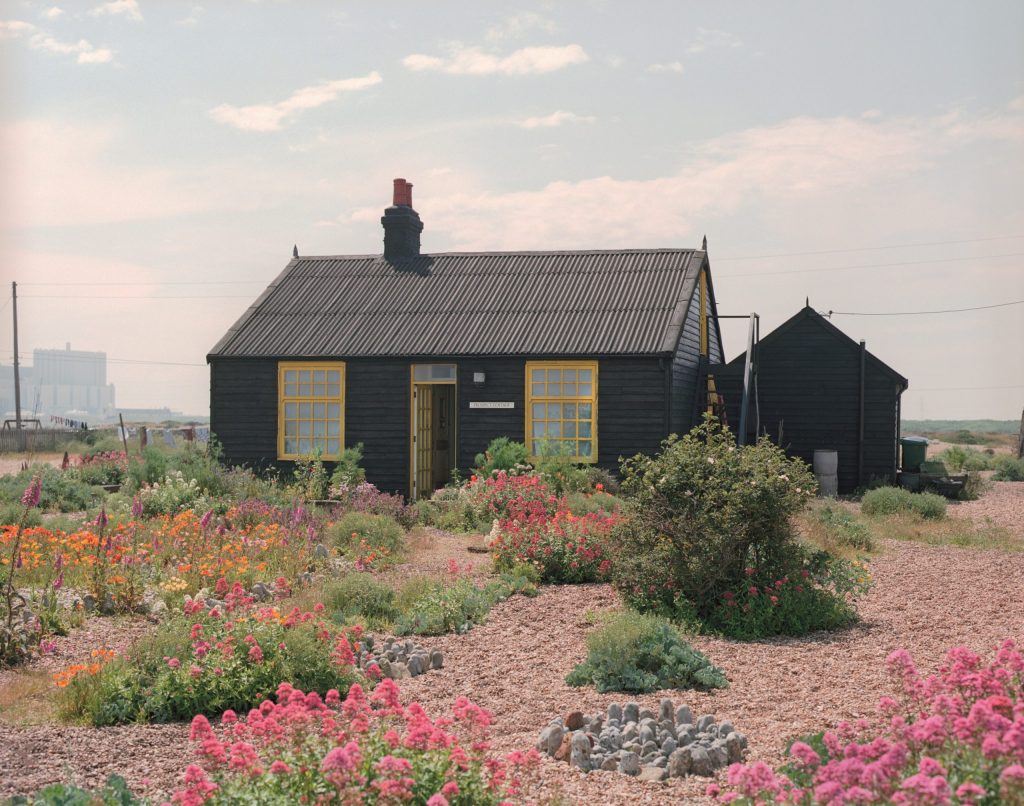
Whilst the landscape of Liverpool’s Docks has historically been devoid of planted vegetation, its wealth was derived from activities inextricably linked to agricultural practice, whereby slaves in the plantations of the West Indies were forced to sow and harvest produce such as sugar, rice, tobacco and cotton. In this landscape of labour those that survived required immense resilience. The narrative of strength and hardiness underpins the selection of planting found in Sankofa Docks. Specimens that thrive and bloom despite harsh conditions.
Plants are supplied by the National Wildflower Centre for the Scouse Flowerhouse who are creating a new vision and language of flowers across the city of Liverpool. The plants are to be gifted to St Vincent’s School to help them Reclaim the Green.
5. Call and Response

60% of Sankofa Docks is dedicated to the performative expression of others. The space has been designed to amplify sound across distance, recovering the true voice of persons spectacularly left out of history. In the centre are three drums that area contemporary equivalent of West African ‘talking drums’ used to communicate over vast distances. The narrative of drums in slavery is once of despair and hope, the playing of drums being used during transatlantic crossings to encourage slaves to exercise, whilst their use was banned in the plantations to prevent rallying to revolt.
Our drums are a call to liberty and the response to acknowledging the trauma and truth of the site.
6. Backdrop of Strength and Bravery
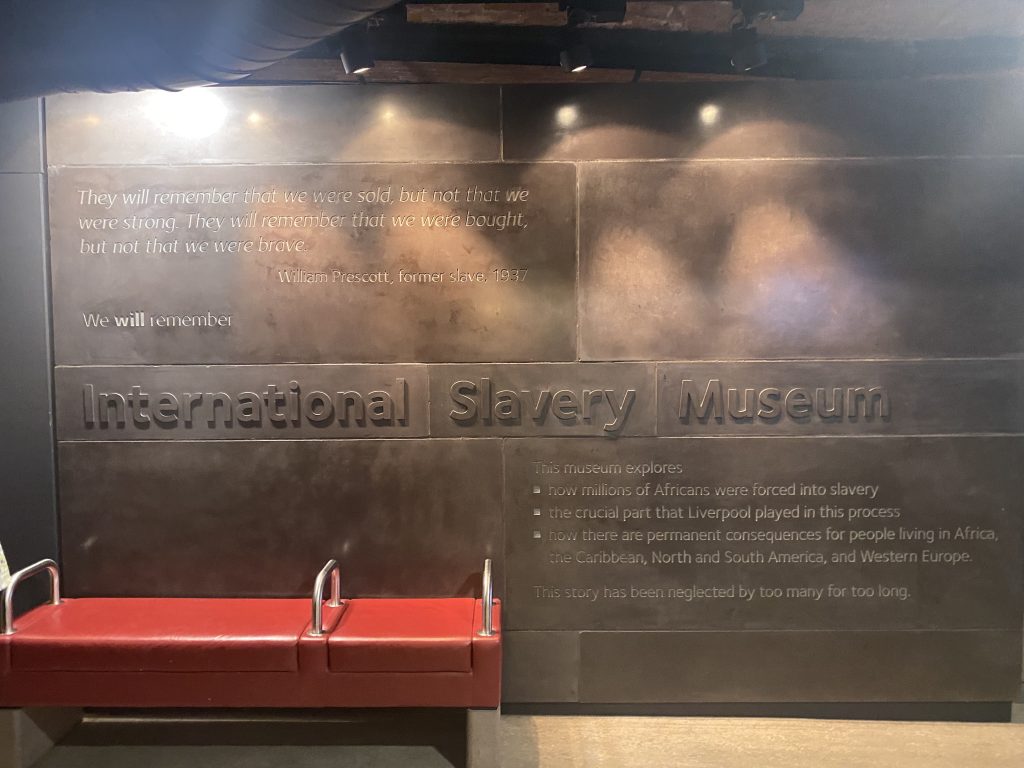
Performance takes place against a backdrop that charts a chronology of conflict, resistance and power. It riffs on the 1937 quote by William Precott that is presented to visitors as they enter The International Slavery Museum. But, instead of suggesting the narrative of slavery that will only be remembered as one of commerce, Sankofa Docks takes up the charge of remembering that slaves were ‘strong’ and ‘brave’.
The consistent motif of chains, sometimes represent both historic bondage, but also represent deep and meaningful community connections our team has drawn upon and continues to strengthen.
7. Story of Sankofa
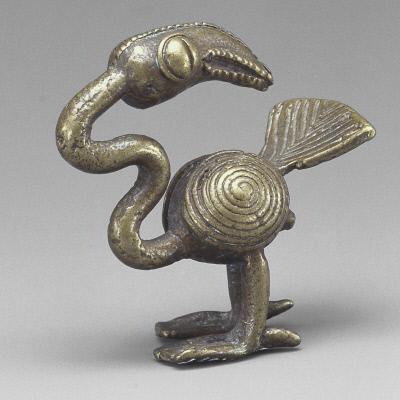
Liverpool’s Liver Birds tell a story of the city’s maritime past and its resulting fortune, but we rift on the West African symbol of the Sankofa Bird – with its head looking backwards and feet pointing forwards – to honestly tell the story of Liverpool’s origins. By naming our installation Sankofa Docks, we, in response, propose the renaming of the adjacent dry docks to celebrate the culture of a collective people written out of history. The renaming represents a contemporary memorial that replaces the current tribute to an individual who, in 1824, urged parliament to refrain from freeing colonial slaves by comparing ‘The African’ to Frankenstein’s monster.
Watch a walkthrough video of the installation with Futurecity Partner Sherry Dobbin here
Read more about the Water Transformation Project, here
Read more about the Canning Dock competition installations, here
